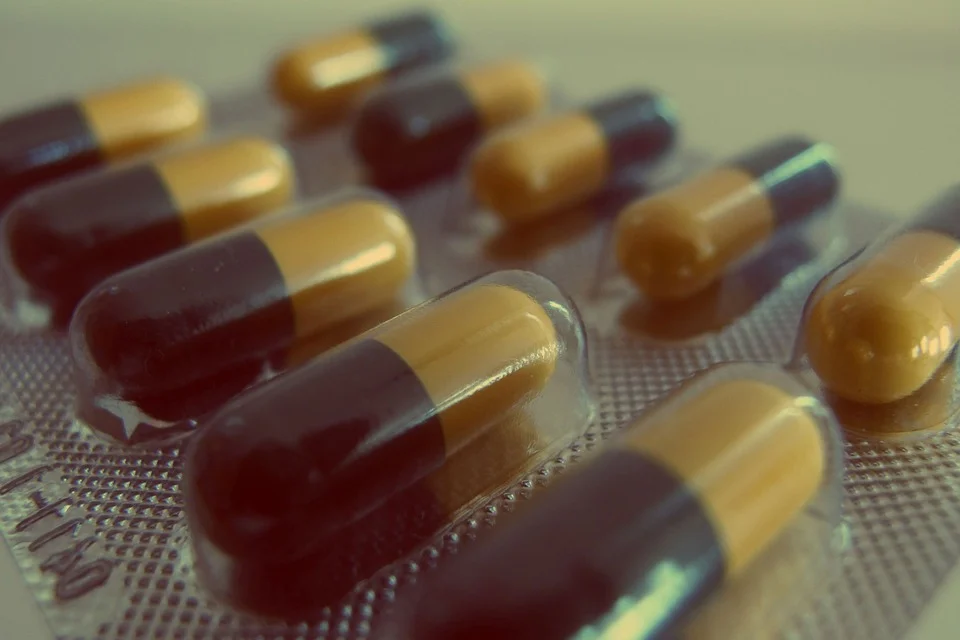Why Drug Rehab Alone Doesn't Work
/While many people believe drug addiction is something that can be controlled by willpower, or that addicts actually choose to become addicted and stay on drugs, addiction is a chronic illness that affects the entire family. In fact, according to the National Institute of Drug Abuse, drug addiction is a mental illness.
As with any chronic condition, a short-term fix doesn't work. There are seemingly endless treatment options for addicts and alcoholics, that are categorized as “rehab.” However, the success rates of these 1-2 month programs are often reported to be in the 10-20% range. This is one of many reasons that traditional treatment, or rehab, alone for drug addiction is typically ineffective. Here's why, and what additional methods and treatments can be paired with conventional treatment in order to attain effective, long-term recovery.
Traditional Drug Rehab
Most people have a conception of rehab whether from a book, movie, or the experience of someone they know who went to a conventional 28-day treatment facility. Even if you haven’t personally experienced it you have a loose idea of what it is all about. When people admit to a drug treatment facility it is usually after they’ve had a crisis or “hit bottom,” and rehab is an opportunity to save their life. However, an addict who successfully completes a program at a 28-day treatment facility, even a top clinical program, finds the experience, while helpful in many ways, not necessarily conducive to the healing and sustainable recovery that needs to take place long after their treatment stay.
First, even for those addicts who are sincere about seeking help while in a treatment program, the gains made while in a protective environment are difficult to maintain, let alone continue once back to life outside the healing confines of rehab. Continued gains in recovery require significant additional recovery resources for the recovering loved one and the entire family. Secondly, not all treatment centers are equipped to address co-occurring disorders that affect many who struggle with a substance use disorder. Mood issues such as depression and anxiety, as well as the effects from an unresolved trauma often derail a recovery effort if improperly treated. A month is simply not enough time to properly assess, address, and resolve these issues—the result of this left untreated can be catastrophic.
What Happens in Rehab
An afflicted individual will be medically detoxified before, or upon entering treatment. The typical rehab experience includes living in a drug and alcohol-free zone with fellow sufferers, seeing a physician for medical and medication needs, and having one-on-one and group meetings with counselors. Most programs also require attendance at 12-Step meetings (Alcoholics Anonymous and Narcotics Anonymous) in and outside of the treatment facility. Many programs have informational and family sessions for willing family members. Prior to admission, 28-days seems like an eternity for the entering drug addict or alcoholic, but the time passes quickly as aftercare plans are made.
The typical protocol places an emphasis on the continuation of individual therapy and regular attendance at AA or NA meetings as the plan to have enough support to stay away from drugs. However, many addicts end up right back in rehab, or in the hospital, once they get back into the real world and within reach of the temptation of drugs or alcohol. For many, short-term success, relapse, and rehab are a disheartening brutal cycle.
Medicinal Methods
Medication has a role in the treatment of drug addiction, but not yet as a “cure” for addiction. There are some treatment programs that employ replacement and maintenance medications to combat certain drug addictions, opiates in particular. Some conventional treatment programs philosophically adhere to an abstinence only policy. Other drugs are prescribed to help treat addiction by reducing cravings, blocking the effects of certain drugs, or even as a deterrent. Some of these are used in conjunction with conventional treatment and may be prescribed at treatment centers. One should consult the treatment facility under consideration to understand how they may use medical methods in their treatment protocol.
Behavioral Therapies
Behavioral therapies are another popular way to treat drug addiction and alcoholism, and these therapies work at a different level. Cognitive-Behavioral Therapy (CBT) is a common form of this treatment, which helps modify the addict’s harmful beliefs. By changing how the addict thinks and feels, a counselor or psychologist can create dramatic change in the core belief of the addict. However, these therapies are not going to solve the addiction in a month, especially when the first days or weeks are during or immediately following detox.
The Plahn Method™
The Plahn Method is an overarching approach that is used in addition to the best treatment facility programming. The method was not developed to replace conventional top-tier treatment programs but instead to fill gaps in the typical treatment journey. This approach prevents the pitfalls that too commonly lead to relapse, and provides a long-term solution for the family and addict alike. While conventional rehab, 12-Step meetings, medication, and behavioral therapy all serve a key purpose; there is a need to assemble an individualized long-term plan for recovery that is referred to as the Blueprint for Lasting RecoveryTM. This detailed plan is coordinated by a cohesive treatment team and integrates the appropriate professionals in order to be effective. Since addiction is a chronic issue, this is a long-term plan delivered over a minimum of 18-months, and in some cases practiced indefinitely.
Addiction gravely affects the entire family and those who care about the afflicted individual. The Plahn Method is a family systems solution that helps the addict and their family to overcome this debilitating and terminal condition together, while uniting the family. This methodology assists the whole family to go through a healing process individually and collectively. The Blueprint for Lasting Recovery changes in real time based on a variety of factors (milestones, struggles, and clinical impressions) and integrates some of the nation’s top treatment centers, clinicians, and recovery resources over the long-term.
Traditional drug rehab is an important component to a lasting recovery, but as anyone will quickly learn – this acute model alone does not fix the chronic condition that is drug addiction or alcoholism. Rather, a comprehensive program that combines a variety of therapies and processes that have been tailored to the specific individual and their co-occurring disorders is necessary.
The Plahn Method is the proprietary approach delivered by Plahn Group to create sustainable recovery for the entire family system from drug addiction and other behavioral health conditions.



